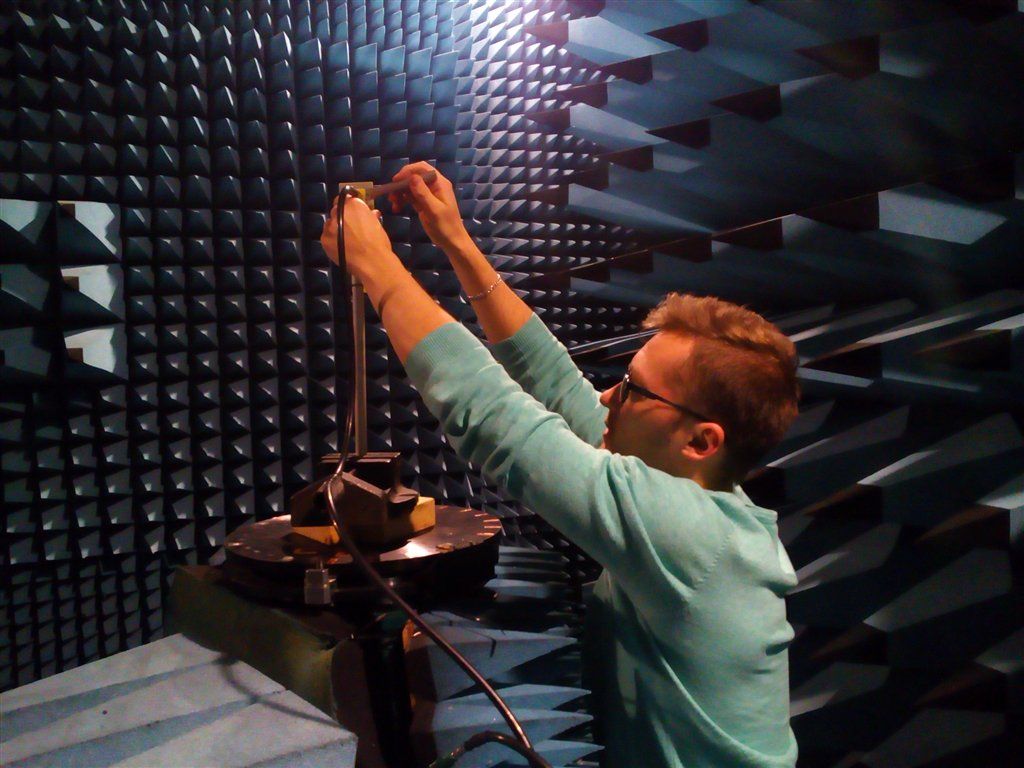This web page is created within BALTICS project funded from the European Union’s Horizon2020 Research and Innovation Programme under grant agreement No.692257.
Electronics and Satellite Technology
The main task of Electronics and Satellite Technology department of Engineering Research Institute Ventspils International Radio Astronomy Centre (ERI VIRAC) is to maintain the competency and understanding about electronics, small satellite engineering, and antenna technologies in order to provide ERI VIRAC with advanced signal registration devices while also ensuring ERI VIRAC involvement in international projects.
Basic lines of action:
Satellite engineering
Considering the infrastructure at the disposal of VIRAC (renovated radio telescopes), satellite engineering is one of the most perspective lines of science in which various studies are carried out in the following areas:
- Satellite communication and software-defined radio
- Embedded parallel signal processing
- High-reliability and redundant embedded control systems
Advanced antenna technology
An antenna is one of the most significant nodes of any communication system or receiver; therefore, various studies are carried out in the following areas:
- Low noise level low radio signal amplifiers
- High-performance and compressed sensing
- Aperture, grid, and planar antenna technologies
- Beam shaping and radiation pattern optimization
Cyber-physical and embedded systems
Nowadays industry and economics require more advanced and intelligent control and management solutions, therefore, the research is carried out in the following areas to ensure proper competencies:
- Network and sensor network technologies
- Smart and wireless technologies
- Signal streaming, ensuring streaming quality
- Machine-to-machine communications
The unifying factor is the use of advanced radio electronics and signal procession techniques in order to:
- Reduce the size and weight of equipment being designed in order to reduce its resource capacity;
- Reduce electricity consumption and the amount of heat released in order to increase the useful life of self-contained equipment;
- Increase operation speed and communication data signalling rate without significantly increasing electricity consumption.
The main aim of all lines of action is to develop a professional ground station for commercial use in the near future for satellite communication and LOFAR-type radio telescope station with equipment containing nodes of various geodetic and meteorological sensors. The mentioned stations and used technologies are being developed by using radio telescope RT-16, which is equipped with a parabolic surface of carbon-fibre composite material during modernisation process.





















